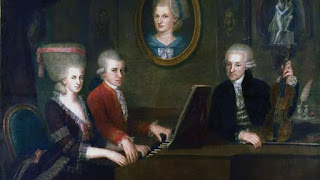Was the formation and rise of the Labour Party inevitable?
82 comments
While the Labour Party was making progress, including in council elections, its continued dependence on the Liberal pact was evident in the two elections fought in 1910. While the Party increased its number of MPs to 40 in January and 42 in December only two of these had been elected in a contest involving a Liberal candidate.
Labour also faced a challenge as New Liberalism (which we will discuss in more detail next week) sought to win working class voters with measures like the National Insurance Act 1911, offering the prospect of material improvements to working class conditions without the socialist encumberments that were not widely popular. Labour also faced the prospect of losing what little middle class support it had as the effects of the strike wave of 1910 to 1914 caused widespread disruption.
Finally, we have to remember that in spite of the Second and Third Reform Acts many working class men did still not qualify to vote. It was the Fourth Reform Act in 1918, which trebled the electorate and made the industrial working class the majority of voters for the first time, that ultimately made possible the Labour breakthrough.
Despite these obstacles, was the rise of the Labour Party inevitable? Share your thoughts in the comments section below.
PETERLOO TO THE PANKHURSTS EXTRA
In this extra video Dr Alex Windscheffel, a Senior Lecturer in Modern British History at Royal Holloway, discusses this question.
Zur Rezeption von Franz Kafka und Samuel Beckett in Rumänien
Receptarea lui Franz Kafka şi a lui Samuel Beckett în România Abstract Teoria receptării a înregistrat în ultimii ani o dezvoltare impresionantă, astfel încăt s-au putut trasa linii generale de descriere a unei direcţii de receptare în conformitate cu anumite tipologii estetice care marchează receptarea literară la nivel de receptor cult şi instruit. Acestea sunt premisele principale de la care porneşte cercetătorul în căutarea sa de modele şi modalităţi literare de receptare. S-a vorbit astfel de patologii de receptare, de estetica personajului şi nu în ultimul rănd de o receptare critică a operei literare. Sarcina cu care se confruntă cercetătorul în demersul său este de a descoperi în ce măsură opera examinată capătă caracter normativ la nivelul unui grup de receptori care aderă la stilul, forma şi limbajul literar al autorului receptat. Franz Kafka şi Samuel Beckett se integrează în categoria scriitorilor emblematici ai modernităţii şi drept urmare am considerat că un stud...

Comments